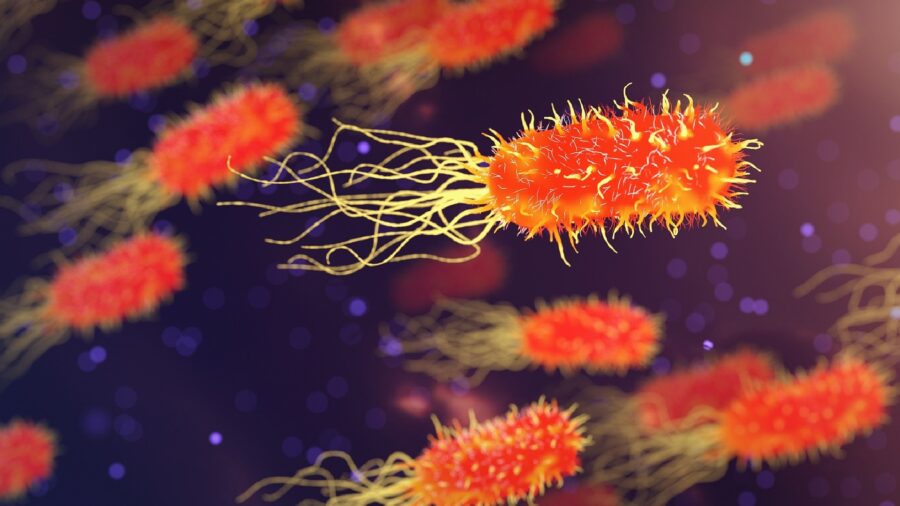Scientists Finally Understand The Most Destructive Mollusk In The World

Ask any coastal engineer or pirate in your friend group (who doesn’t personally know a pirate?) what the peskiest mollusks are, and they’ll undoubtedly tell you: shipworms—the bane of maritime existence for millennia. But despite their infamous reputation, the mystery behind their calamitous power no longer eludes scientists; researchers from the University of Massachusetts have published a groundbreaking study revealing that the shipworm’s wood-gorging powers are the result of the enzymes they produce.
Ship Destroyers

The little sea creatures have a storied history, wreaking havoc on ancient Greek naval flees as destructively as they also sank the Spanish Armada; pirate ships and privateer vessels literally capsized due to their appetites in the 18th century, and the worms even recently spurred the collapse of wharves in the San Francisco bay.
Experts from the University of Maine and UMass Chan Medical School also contributed to the mollusk study, which centered around a very special section of the worm’s gut. The worm innard-area, dubbed the “typhlosole,” contains a surplus of teeming symbiotic microbes themselves excreting enzymes capable of digesting lignin.
Integral To Our Ecosystem

For those who don’t know—lignin is the toughest part of the wood; the more ably the worms chow through it, the more surely the ship sinks.
Destructive or not, the maritime pests are nonetheless vital creatures for oceanic ecosystems, at least according to Dr. Reuben Shipway, a co-corresponding author of the study published in International Biodeterioration and Biodegradation.
In Shipway’s view, the mollusks shape ecosystems—performing an essential function by cycling carbon. And beyond being all-important and widespread, the shipworm’s carbon cycling remains surprisingly enigmatic, Shipway emphasized.
Hard-Working Bacterial Symbiotes

Lignin, however vulnerable to worm munching, is a robust substance, guarding the cellulose within wood. Scientists have long known that organisms like termites can stomach lignin by way of their friendly symbiotic microbes. But digestive tracts of shipworm mollusks were long considered sterile and microbe-free by experts.
Enter microbiologists like Barry Goodell and Shipway—who wouldn’t accept that premise and strove for an answer.
Persistently reexamining the shipworm’s gut with renewed vigor and advanced technology, the team learned the worm’s typhlosole (a structure previously thought to simply mix digested food, an undignified task) harbors clusters of bacterial symbionts. Through their meticulous culturing, these bacteria engender lignin-chomping enzymes.
Biotechnological Implications

Thanks to the incredible metagenomic analysis at the Argonne National Lab, alongside genetic-probe microscopy techniques at the UMass Amherst Institute for Applied Life Sciences, the mystery behind the mollusk’s incredible destructiveness has cleared up substantially.
Moreover, the discovery offers far-reaching possibilities. Particularly in the world of biotechnology, where the enzymes garnered by these microbes could greatly advance bio-industrial processes by speedily breaking down tough biomass residues. Upon harnessing the shipworm’s enzymes, biotech companies could offer more sustainable and effective means of processing materials.
New And Exciting Antibiotics

While it’s not sci-fi-level biotechnology, the innovation could still undoubtedly be as lucrative as it is useful.
The medical field is also a possible beneficiary of research; past studies of shipworm symbionts led to new, exciting antibiotics and novel therapeutic compounds. Prospectively yielding further bioactive molecules, potentially combating parasitic diseases and other health woes, the newly identified microbes may just justify—or at least partially compensate for—the long, destructive history of the host mollusk.
Source: ScienceDaily












